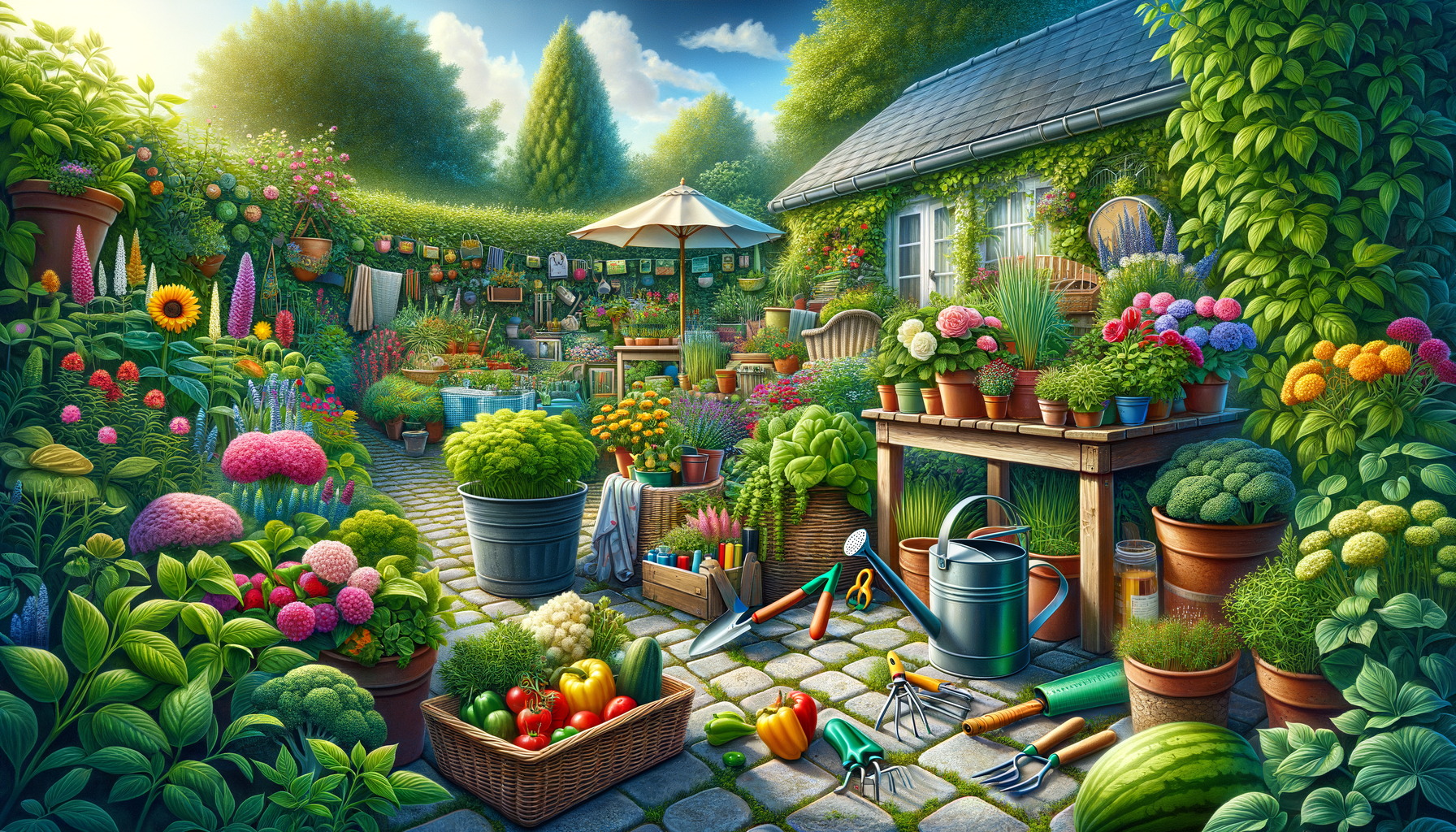
Gardening at Home Made Easy: Tips for Beginners and Experts Alike
Introduction to Home Gardening
In recent years, home gardening has blossomed into a popular hobby for many individuals seeking to connect with nature, enhance their living spaces, and even contribute to a more sustainable lifestyle. Whether you’re a seasoned gardener or a complete novice, the joys of nurturing plants and watching them thrive can be immensely rewarding. This article delves into the essentials of home gardening, offering insights and practical advice for both beginners and experienced gardeners.
Choosing the Right Plants for Your Garden
One of the initial steps in creating a thriving garden is selecting the appropriate plants. The choice largely depends on several factors, including climate, soil type, and the amount of sunlight your garden receives. For beginners, opting for hardy plants that require minimal maintenance can be a wise decision. Consider these plant categories:
- Perennials: These plants bloom year after year, offering a lasting addition to your garden.
- Annuals: Ideal for adding seasonal color, these plants complete their life cycle in one growing season.
- Vegetables and Herbs: Growing your own produce can be both satisfying and cost-effective.
Researching plant varieties that thrive in your specific region can significantly enhance your gardening success. Local nurseries and gardening centers are excellent resources for obtaining advice tailored to your area’s conditions.
Understanding Soil and Fertilization
The foundation of any successful garden is healthy soil. Understanding the composition and needs of your garden’s soil is crucial for plant health. Conducting a soil test can provide valuable insights into its pH level and nutrient content. Based on these results, you can amend your soil with organic matter or fertilizers to improve its quality.
Fertilization is another key aspect of gardening. While organic options such as compost and manure are popular for their environmental benefits, synthetic fertilizers can also be effective if used judiciously. The goal is to provide plants with a balanced diet of nitrogen, phosphorus, and potassium, which are essential for growth and flowering.
Watering Techniques and Irrigation Systems
Water is a vital component of plant health, but knowing how much and when to water can be challenging. Overwatering can lead to root rot, while underwatering can cause plants to wilt. A general rule is to water deeply but infrequently, allowing the soil to dry out between sessions.
For those looking to automate the process, irrigation systems such as drip irrigation or soaker hoses can be excellent investments. These systems deliver water directly to the plant roots, reducing evaporation and ensuring efficient water use. Additionally, mulching can help retain soil moisture and reduce the frequency of watering.
Pest Management and Garden Maintenance
Maintaining a healthy garden involves regular monitoring for pests and diseases. Integrated Pest Management (IPM) is a sustainable approach that combines biological, cultural, and physical methods to control pests. Encouraging beneficial insects, such as ladybugs and lacewings, can naturally reduce pest populations.
Regular garden maintenance, including weeding, pruning, and deadheading, is essential to keep plants healthy and promote robust growth. These tasks not only enhance the aesthetic appeal of your garden but also prevent the spread of diseases.
Conclusion: Embrace the Joy of Gardening
Gardening is more than just a hobby; it’s a journey of learning and growth. Whether you’re cultivating a small balcony garden or a sprawling backyard oasis, the process of nurturing plants can bring immense satisfaction and joy. By understanding the basics of plant selection, soil management, watering, and pest control, you can create a thriving garden that enhances your living space and enriches your life.